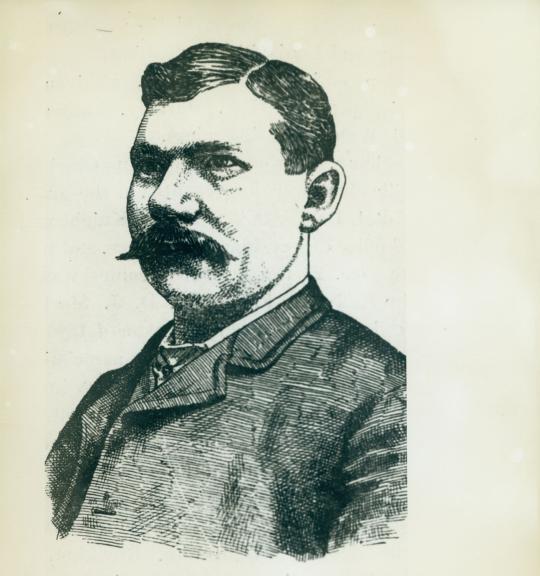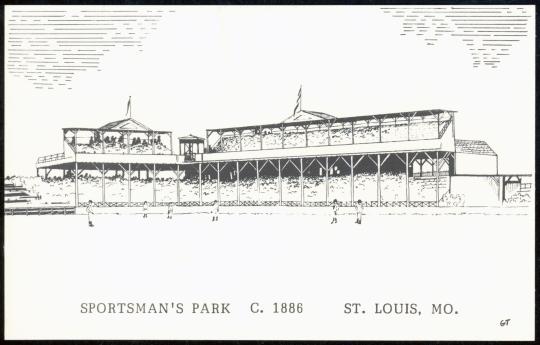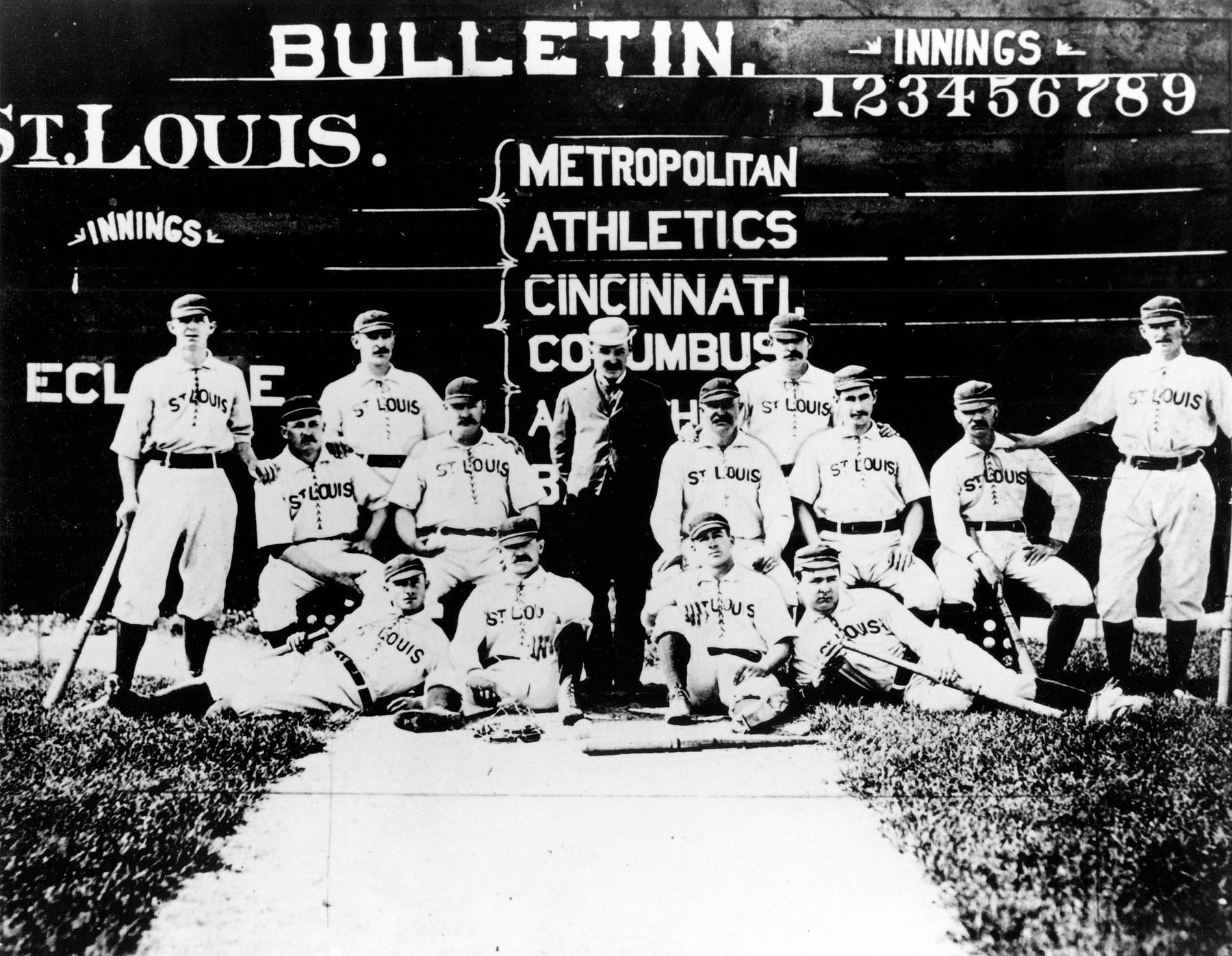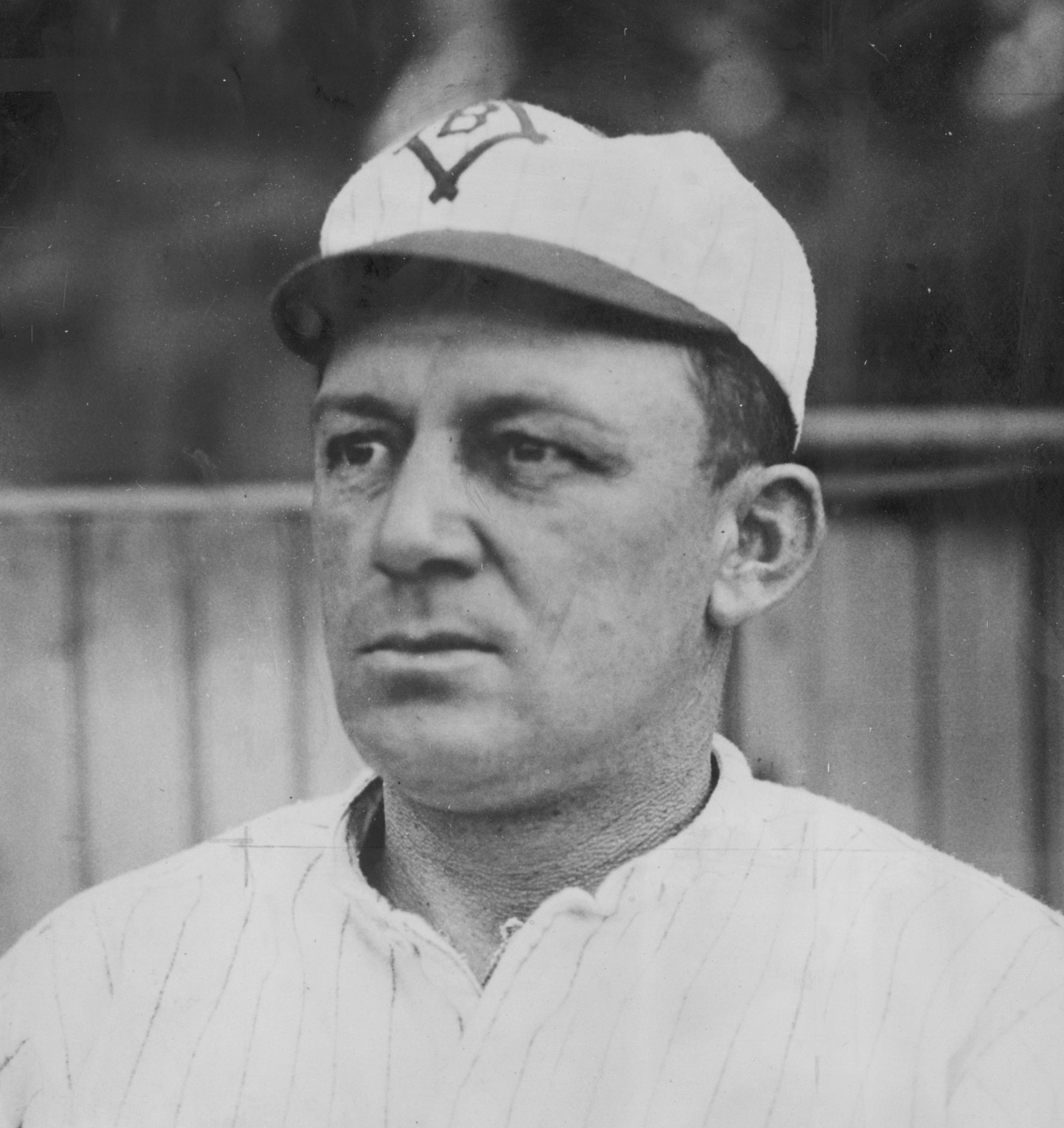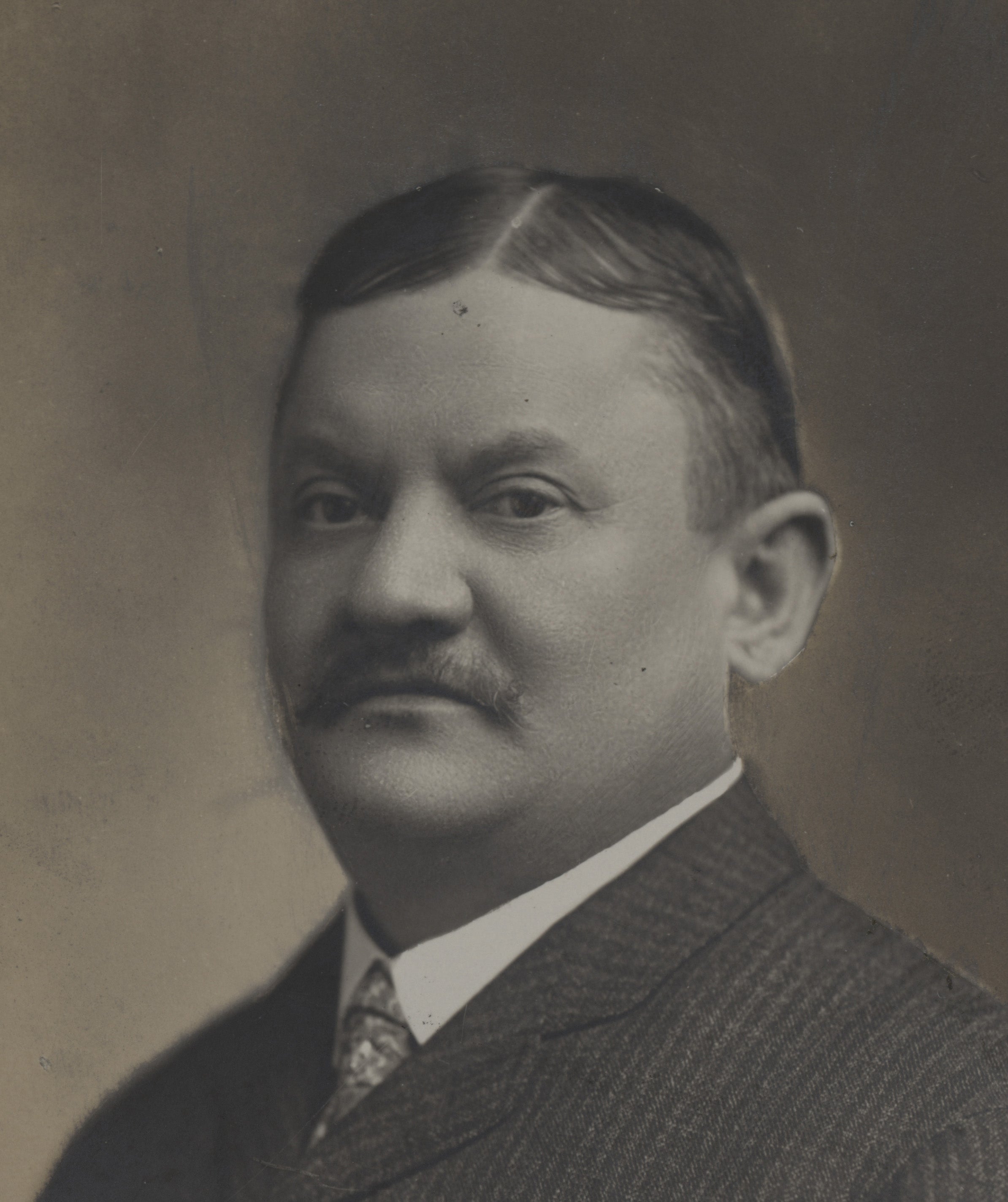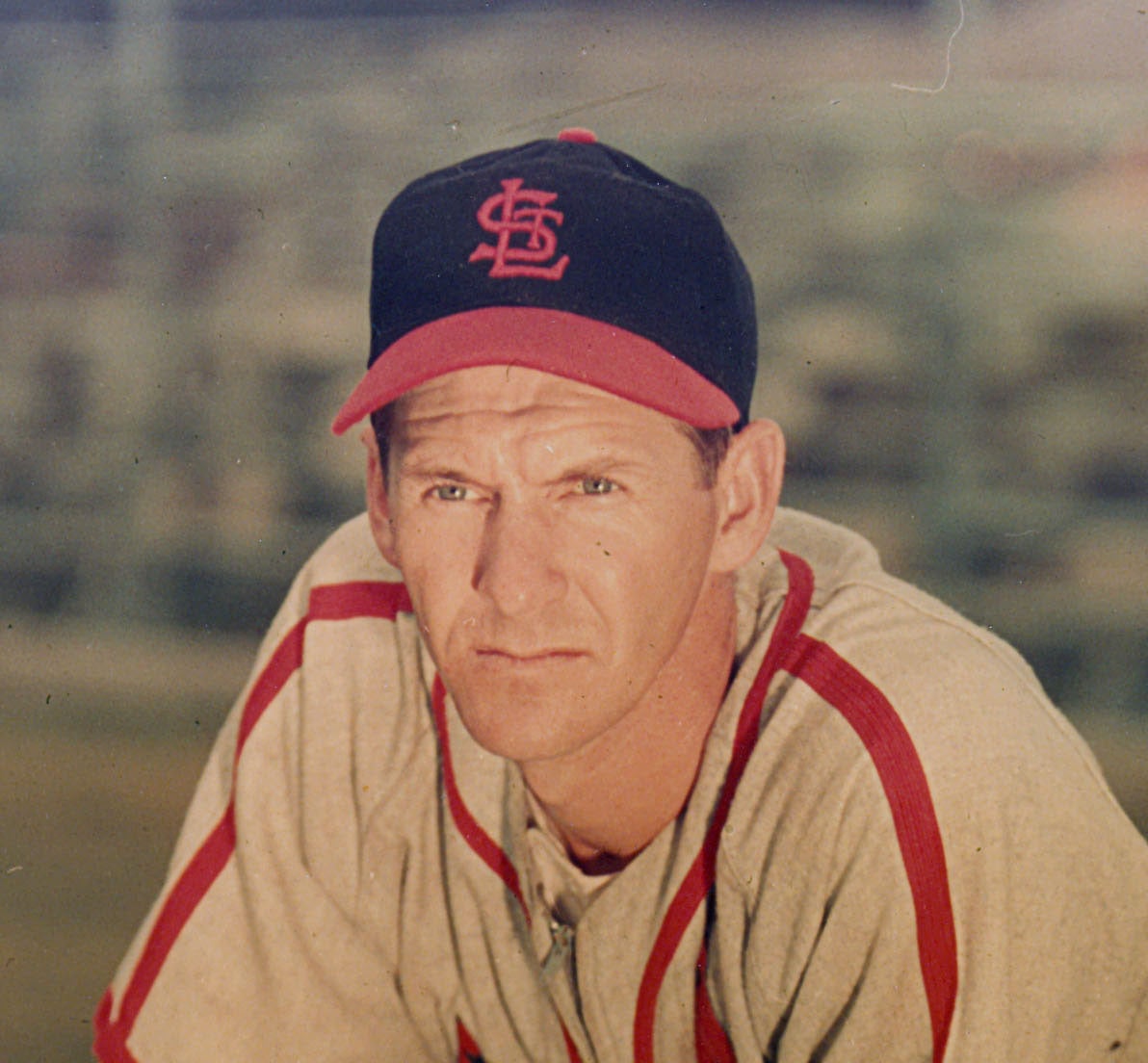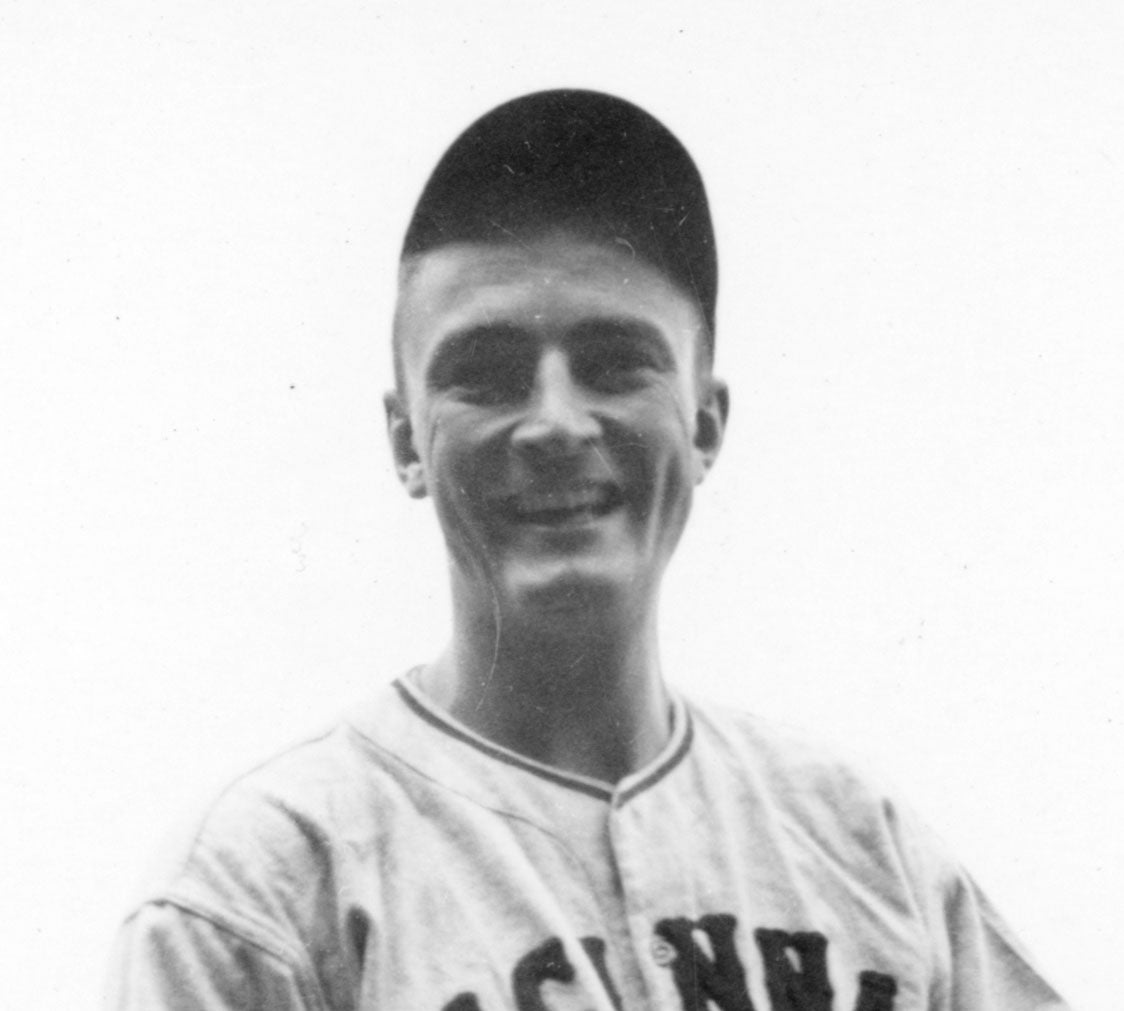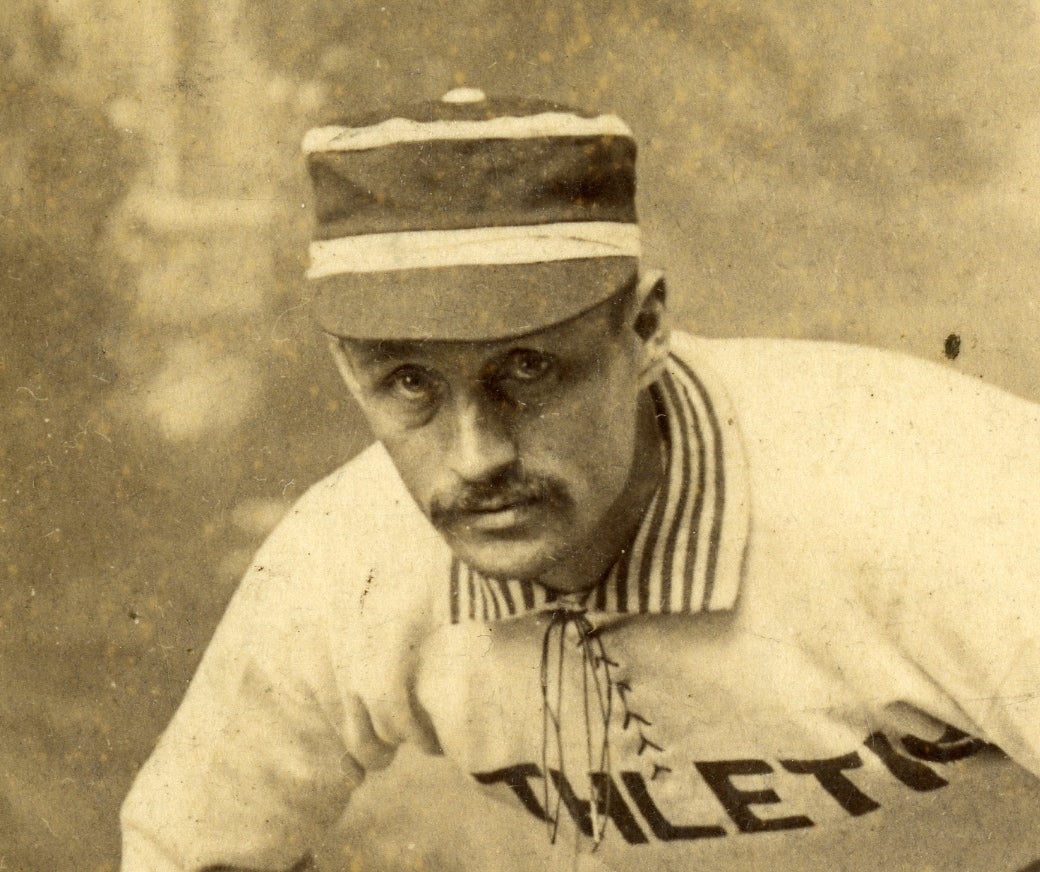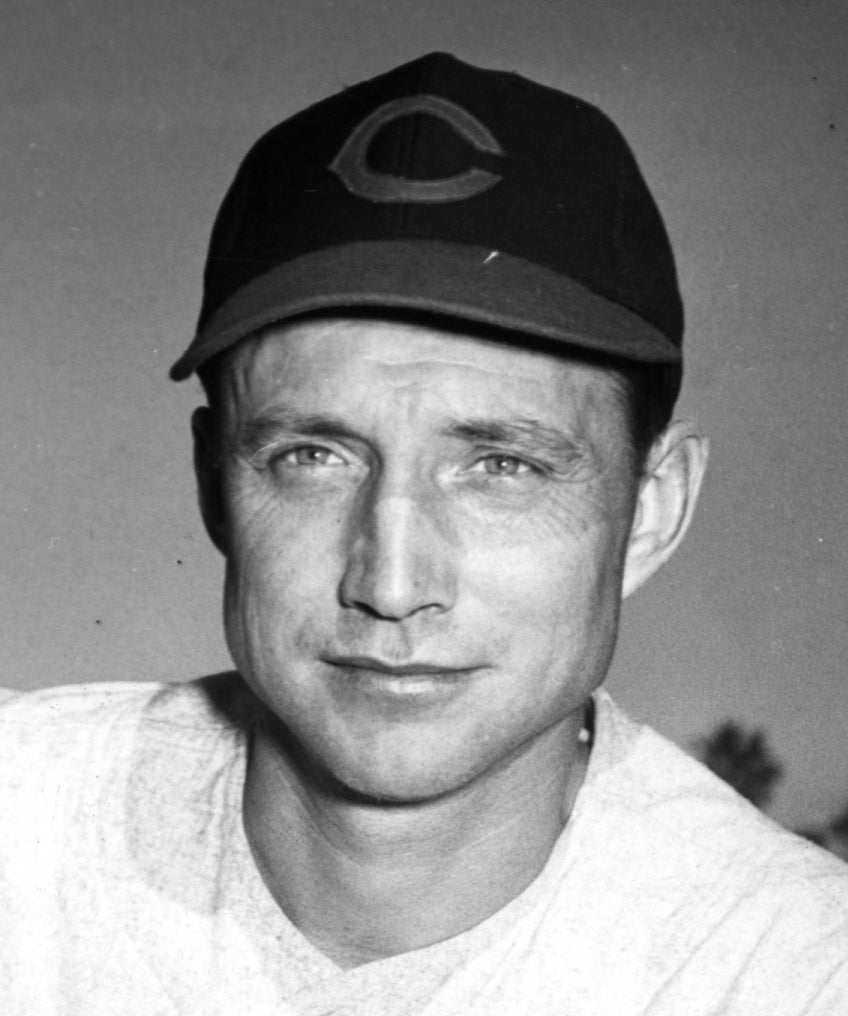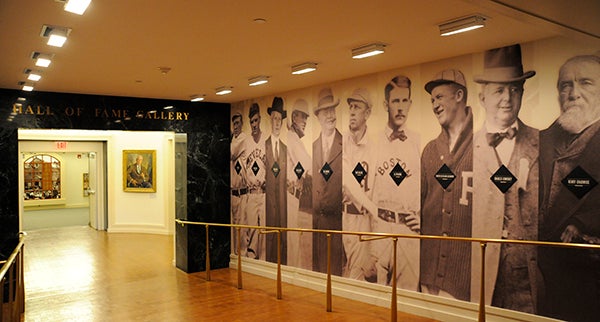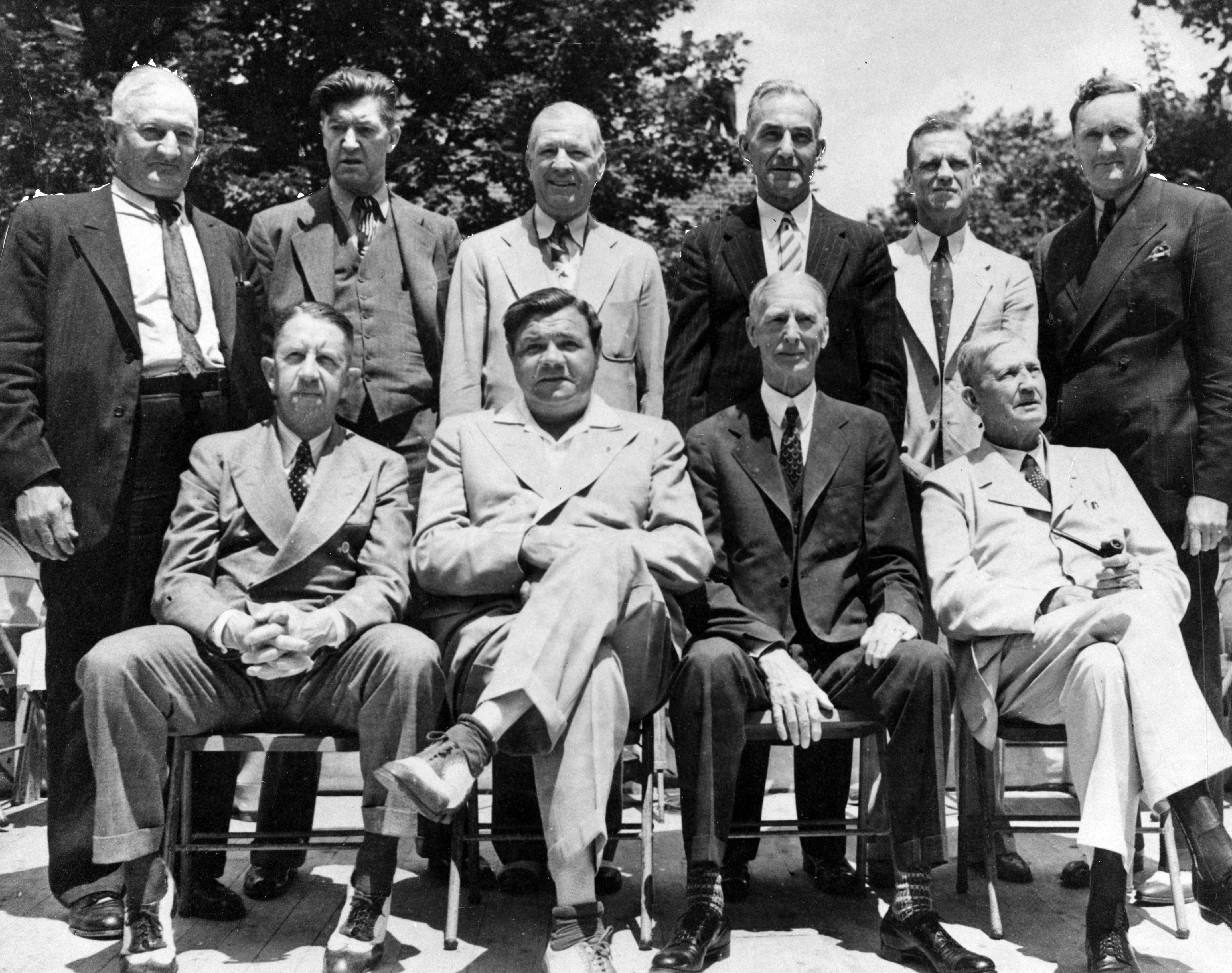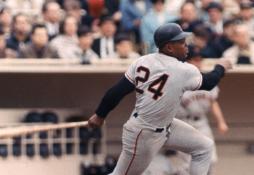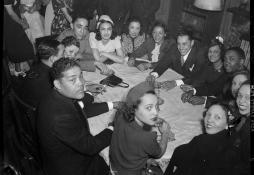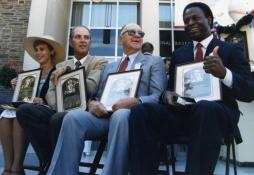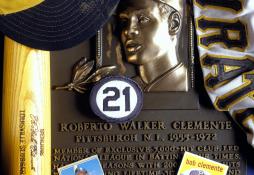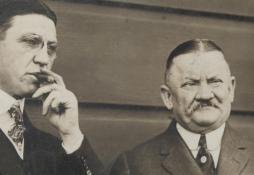- Home
- Our Stories
- Chris von der Ahe - A Magnate for Success
Chris von der Ahe - A Magnate for Success
Chris von der Ahe’s meteoric rise to baseball prominence predated the modern-day World Series. His reputation as an original baseball entrepreneur, however, has made him a Hall of Fame finalist for the Class of 2016.
Von der Ahe, owner of the original St. Louis Browns franchise from 1881 to 1899, is one of 10 finalists on this year’s Pre-Integration Committee ballot at the National Baseball Hall of Fame and Museum. The Pre-Integration Committee will vote at baseball’s Winter Meetings in Nashville, Tenn., and the results of the vote will be announced Dec. 7.
The 10 candidates on the Pre-Integration Committee ballot are: Doc Adams, Sam Breadon, Bill Dahlen, Wes Ferrell, August (Garry) Herrmann, Marty Marion, Frank McCormick, Harry Stovey, Bucky Walters and von der Ahe. Any candidate who receives at least 75 percent of all ballots cast will be enshrined in the Hall of Fame as part of the Class of 2016.
Born in the fall of 1851 (historians differ on the exact date) in Hille, Germany, von der Ahe immigrated alone to New York around 1870 as a teenager with little means. Just six weeks later, von der Ahe traveled west to St. Louis and began a career as a grocery store clerk. Within two years he had saved enough to start his own saloon.
As he heard enthusiastic stories of baseball from his patrons, von der Ahe sensed the game could serve as a business opportunity. In 1881, he was asked by the newly-formed St. Louis Base Ball Association to find customers for 200 shares of the club at 10 dollars a share. A few weeks later, von der Ahe returned to tell the club that he had sold 180 shares. When the delighted stockholders asked von der Ahe who had bought them, he replied, “Never mind who bought it, there’s Chris von der Ahe’s check for $1,800.”
Suddenly the majority owner of the St. Louis club, von der Ahe transformed the vacant lots next to his saloon into a baseball field that would become known by many names, most notably “Sportsman’s Park.” He also re-invested his earnings from the saloon into real estate, building apartment complexes on Grand and St. Louis Avenues to surround his new ballpark. These new properties, along with a 25-cent admission fee that attracted troves of spectators, made a fortune for von der Ahe. By the end of the decade, the Prussian entrepreneur had earned half a million dollars in profit from his initial $1,800 investment, making him baseball’s first magnate.
In addition to his wealth, writers of his era claimed that von der Ahe’s eccentricity and his successful ballclubs made him “one of the most written and talked about men in the United States.” The self-proclaimed “der boss President” showed himself to be a predecessor to visionary owners like Bill Veeck and Charlie Finley. He created a total experience at Sportsman’s Park, incorporating “chute-the-chutes” (water slides), Wild West shows and a horse-racing track around the premises that made Sportsman’s known as “the Coney Island of the West.” He is also credited by some as the man who brought hot dogs and baseball together beginning in 1892 (others claim it was New York concessionaire Harry M. Stevens).
But perhaps von der Ahe’s wisest decision was signing pitcher Charles Comiskey to a contract of $60 a month in 1882. By the following year, the 24-year-old Comiskey was captain and then manager of the Browns, subsequently leading St. Louis to four consecutive American Association championships from 1885-88 – a run that included an 1886 upset of Cap Anson’s favored Chicago White Stockings in the precursor to the modern World Series.
Among von der Ahe’s most famous traits was his “Dutchman’s Luck,” which was on no better display than in 1888. Having sold many of his stars – including future Hall of Famer King Kelly – to rival clubs, aggrieved St. Louis fans prepared for the worst.
But the replacement cast, said to be “picked up from the sandlots,” improbably clicked and captured the ’88 title as well, making von der Ahe more money in the process than any of his previously revered squads.
That “Dutchman’s Luck” began to turn, however, when baseball wars between the National League and the American Association forced the dissolution of the latter in 1891. The Browns incorporated into the 12-team National League the following season. Without their leader Comiskey, who left to manage the Cincinnati club, St. Louis failed to adapt to its new surroundings, placing either at or near the bottom of the NL standings in every season through 1898.
Von der Ahe, struggling to keep creditors at bay, was essentially penniless when he finally sold his beloved Browns in 1899. The new owners transferred a club from Cleveland to St. Louis and replaced the Browns with what would soon become the modern-day Cardinals, while von der Ahe retired from the game.
The German businessman resumed running his saloon until his death on June 7, 1913. His final years and subsequently his funeral were in large part financially supported by Comiskey, who remained a loyal friend until the end.
Matt Kelly is the communications specialist at the National Baseball Hall of Fame and Museum

